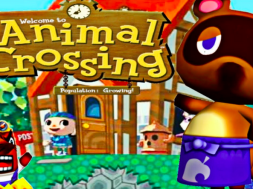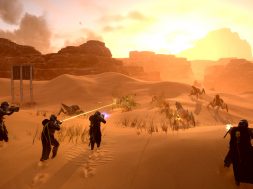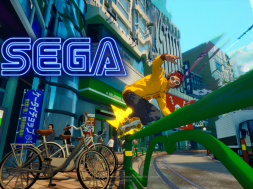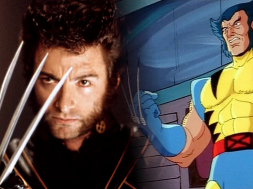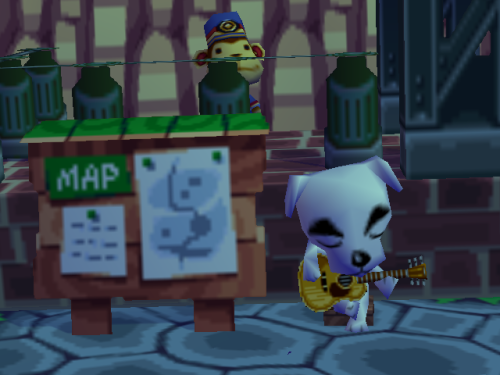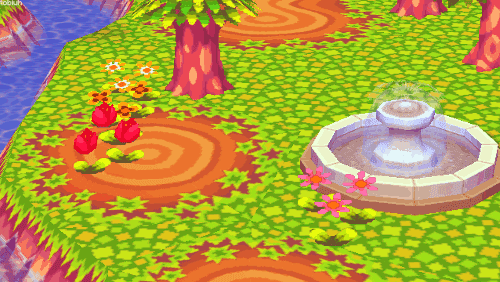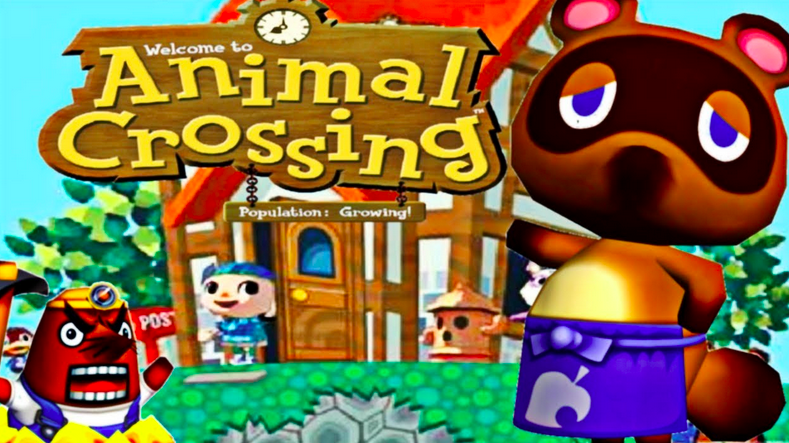
Welcome to a new column called Art of Pixels, a series where I will be focusing on how some games use their worlds and environments to create a truly memorable experience through aesthetics and game design. Now when I say aesthetics, I mean the themes, images and atmosphere a world is built from; the entire essence and reason why we remember some games while others are left in our subconscious. For example, I’ll point to the Souls series, and how it uses recurring themes of life, fire, sorrow and madness to establish a lore that doesn’t explicitly connect the games via story, but still draws a connection between each, be it the game’s dark colour pallet, horrific monster design or its lack of a persistent soundtrack. These attributes all come together to build a world that is truly memorable, and that is what I will be trying to discuss in these articles. Today I will be starting off with something a little smaller, however, as I will be looking at Nintendo’s most intimate series, Animal Crossing.
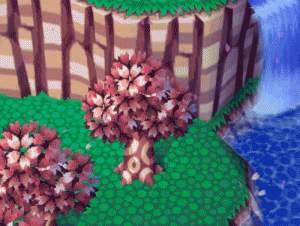 Animal Crossing has always been my favourite of Nintendo’s IPs, as it creates a feeling and atmosphere that is rare to find in games. You’re transported to a gorgeous, idealistic village where you can simply sit and watch the world go by. The series has gone through a number of iterations that have changed how we see this world, which is why today I will only be looking at the original Animal Crossing: Population Growing for the Nintendo Gamecube. While the later games expanded the scope of the town and world, I believe that the original is more interesting in terms of aesthetics in game design as it was limited in how it presents itself. Due to the game being a remastering of a Japanese N64 title known as Animal Forest, the game is somewhat limited to what we expect from the series, as it features no city, a lack of shops and a generally smaller map.
Animal Crossing has always been my favourite of Nintendo’s IPs, as it creates a feeling and atmosphere that is rare to find in games. You’re transported to a gorgeous, idealistic village where you can simply sit and watch the world go by. The series has gone through a number of iterations that have changed how we see this world, which is why today I will only be looking at the original Animal Crossing: Population Growing for the Nintendo Gamecube. While the later games expanded the scope of the town and world, I believe that the original is more interesting in terms of aesthetics in game design as it was limited in how it presents itself. Due to the game being a remastering of a Japanese N64 title known as Animal Forest, the game is somewhat limited to what we expect from the series, as it features no city, a lack of shops and a generally smaller map.
The world of the original Animal Crossing is very different if you’re someone who is only familiar with the later titles such as New Leaf, as the town on display here is all you have to play with. Due to the lack of extra additions, the general layout of the town has also changed. Instead of a sprawling open world where you can walk wherever you like, the world is now split into a 6×5 grid, with each grid housing something different. While many fans prefer the later open world style, I think the grid system is quite genius, as it forces you to learn exactly where everything in your town is. Every grid has something to give the character; from a stray lily pad floating in the water, or a fishing post, you grow to learn the layout of your town. Every grid looks like it could be a film shot, as it’s clear the developers tried to convey a different element in every square. Due to this level of attention, each grid space seems small and personal, whether it be a simple conversation with a villager or an extra rare fossil find, every square houses a special memory.
It’s not just the game’s grid-based map that creates small snug little moments, as the other most important part of a village is also integral to its design: the villagers. The villagers in the Animal Crossing series are essentially the meat of the games, as they are what prompts you to keep coming back. These living, breathing creatures take up most of your time, as you must make sure they are happy. You do this by chatting with them and doing errands, but in the original I believe they had a little bit more character to them. This was achieved by the introduction of town-based events where everyone was involved, and no I am not talking about the fishing tourney. At certain points of the year villagers would engage in group events, such as early morning yoga exercises. These events were dumped from later entries in the series, which is a shame, as they added character and depth to some of the less talkative villagers. An example of this is the town guard dog, Copper, who has never shown any emotion other then discipline. We see him taking time out of his day to teach a relaxing morning yoga class, showing there’s more to him than working. These early morning events force you to get up at 6am making you, as a player, mould your playing style around the village. Some would say this is obsessive, but it shows how deeply important the world and people are to Animal Crossing‘s game design.
Animal Crossing is a series that is constantly evolving, as now it’s become something of a management game, tasking you with being the mayor rather than simply living in a town. While this new iteration adds more to do, I still think I prefer the calmer, more laid back approach the series took in the beginning. The more open the town gets, the less we know about it. The larger the game’s scope gets, with adding cities, a bigger ocean and an online dream system, the town just feels less personal. To me, Animal Crossing is a game all about small, intimate little moments, and no game in the series sums that up more for me than Animal Crossing: Population Growing. Whether it’s the cosy, grid-based town, the weird little design choices or the limitations, something about the game conveys charm and atmosphere through its small little spaces and makes it one of my favourite worlds to explore. 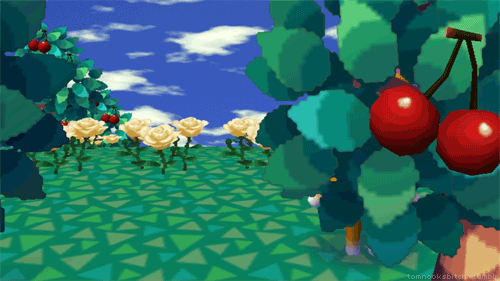
Are you a fan of Animal Crossing‘s world? What memories do you have with the series? Let us know what you think in the comments.
